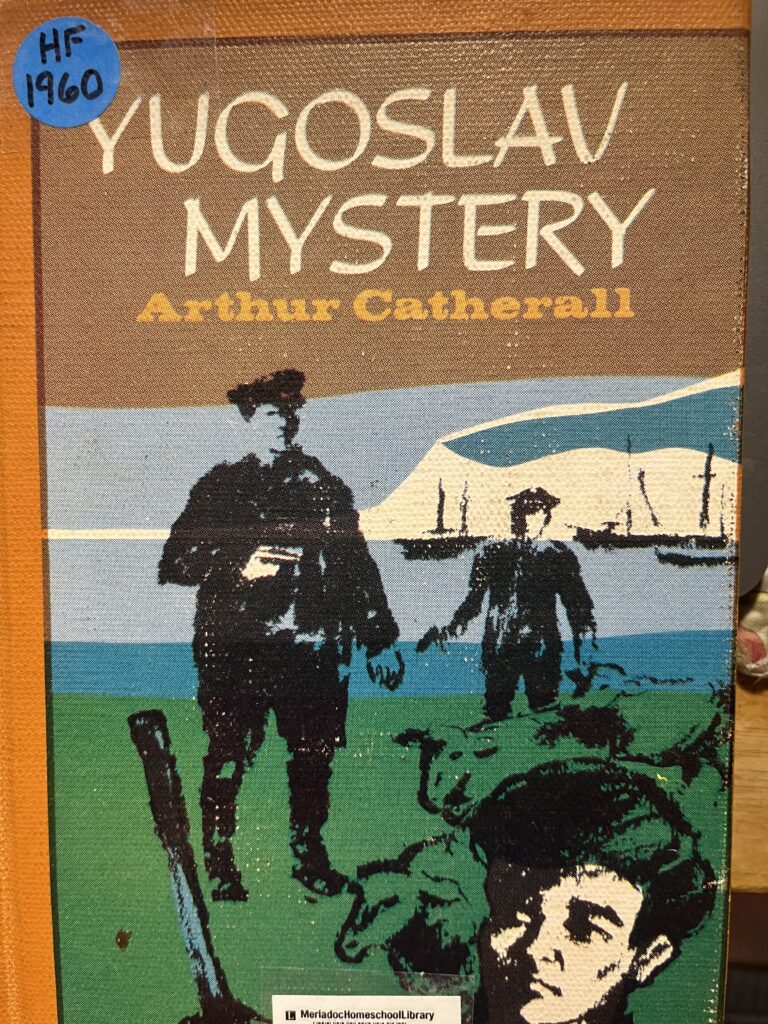 The Love Letters may be my favorite of Ms. L’Engle’s books. I just re-read it for my Semicolon Book Club, and it did not disappoint. I did notice a few new things this time. (I hadn’t read the book in several years.)
The Love Letters may be my favorite of Ms. L’Engle’s books. I just re-read it for my Semicolon Book Club, and it did not disappoint. I did notice a few new things this time. (I hadn’t read the book in several years.)
The story takes place in two time periods: a 1960’s present and 17th century Portugal. In the present, Charlotte is in Portugal on an unannounced visit to her mother-in-law, the great cellist, Violet Napier. Charlotte has run away from New York and from her marriage to Patrick, Violet’s son, for reasons that are not clear in the beginning of the novel but that unfold as Charlotte comes to identify with Mariana Alcoforado, a Portuguese nun (b.1640, d.1743) who is the purported author of a book called Letters of a Portuguese Nun.
I realized that in the book, in Charlotte’s story at least, not much happens. The story is mostly about Charlotte’s internal struggles as she comes to terms with the death of her marriage. Mariana’s story has more of a plot, but part of the interest of the novel is in finding out what happened to Mariana. So stop here if you want no spoilers.
The Love Letters is a book about vows and about keeping vows, and about that all-consuming philosophical question of the sixties that has continued to preoccupy people into the twenty-first century: “You think, then, that values change? That there are no absolutes?” And if there are moral absolutes, how do we as imperfect people relate to those laws of conduct and morality?
I think in some ways The Love Letters gives an inadequate answer to those very important questions. Both Charlotte and Mariana come to the somewhat reluctant conclusion that their marriage vows are irrevocable and inextricably bound to their personhood. However, Charlotte’s story, especially, is incomplete. How does one keep one’s vows to, keep loving, a person who is not keeping covenant with you? Mariana at least has God, from whom she has run away, but who has never, even in her darkest hours, deserted her. Charlotte is not even sure she believes in God, but in the end she turns back to Patrick, to her marriage, hoping that God will help her to restore what has died.
“Supposing,” she said, slowly, “you are sitting in a train standing still in a great railroad station. And supposing the train on the track next to yours began to move. It would seem to you that it was your train that was moving, and in the opposite direction. The only way you could tell about yourself, which way you were going, or even if you were going anywhere at all, would be to find a point of reference, something standing still, perhaps a person on the next platform; and in relation to this person you could judge your own direction and motion. The person standing still on the platform wouldn’t be telling you where you were going or what was happening, but without him you wouldn’t know. You don’t need to yell out the train window and ask directions. All you need to do is see your point of reference.”
Charlotte keeps saying throughout the book that she is looking for a “point of reference”. Of course, the only fixed point of reference for human beings is God Himself. Charlotte goes back to Patrick with God as her witness and strength, or else she can’t really go back at all. Am I saying that non-Christians can’t have strong marriages, can’t keep their promises, can’t love? In a way, yes. None of us can bear the pain of loving truly and deeply and vulnerably and sacrificially because our own brokenness and sin get in the way. Only God can enable that kind of love; only He is stable enough to be a point of reference. Maybe He does the enabling in some non-Christian marriages and relationships as a sort of common grace, but I am convinced that it is only He that holds this world together.
The monthly tea for the Semicolon Book Club will be held this Saturday at 3:00 P.M. at my home. We will further discuss The Love Letters by Madeleine L’Engle. Email me at sherryDOTearlyATgmailDOTcom for more information. The book selection for the Semicolon Book Club for March is John Adams by David McCullough.
Other books that may be of interest to readers of The Love Letters:
Mariana by Katherine Vaz. In this novel, a Portuguese-American author gives her version of the story of Mariana Alcoforado.
Certain Women by Madeleine L’Engle. Another book about marriage and keeping vows and in which another historical person, this time King David of the Bible, becomes a point of reference and identification for a modern-day man.
Letters of a Portuguese Nun: Uncovering the Mystery Behind a 17th Century Forbidden Love by Miriam Cyr.
Sonnets from the Portuguese by Elizabeth Barrett Browning. Not because of the Portuguese connection, although that may be what made me think of them, but Ms. Browning’s poems of love are much more controlled and formed than Sister Mariana’s passionate outpourings and because of that, in my opinion, more profoundly passionate.





